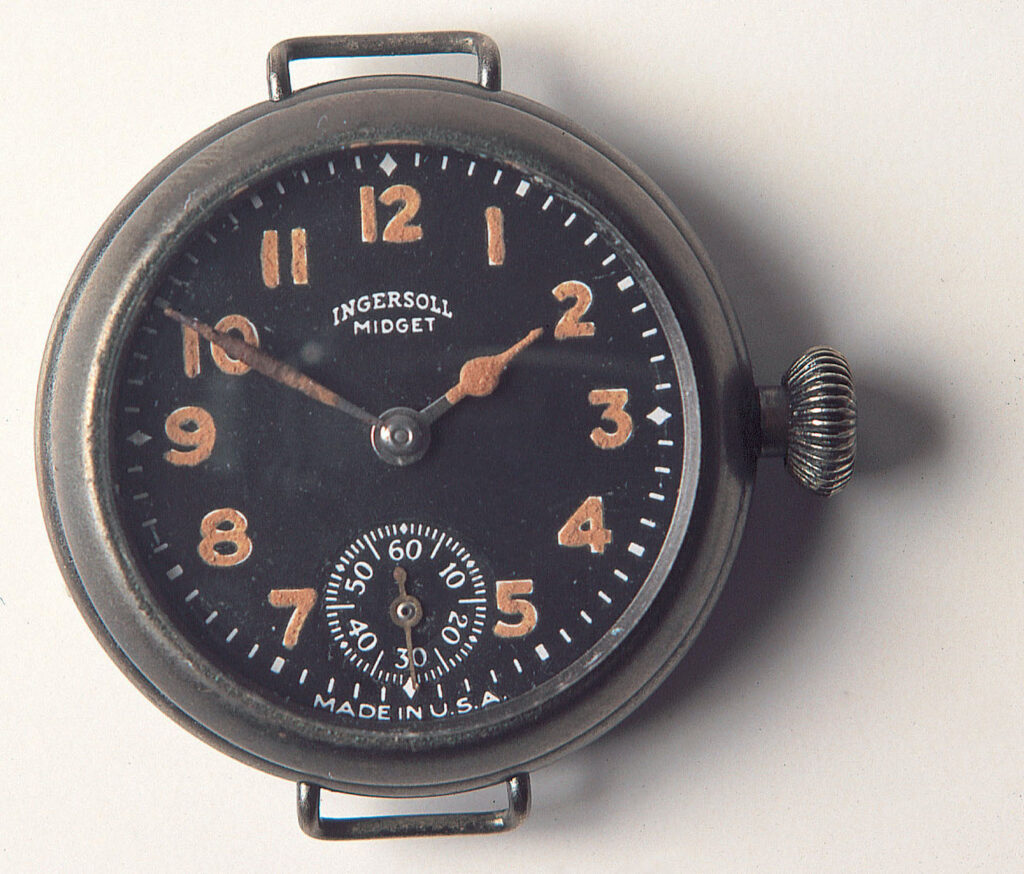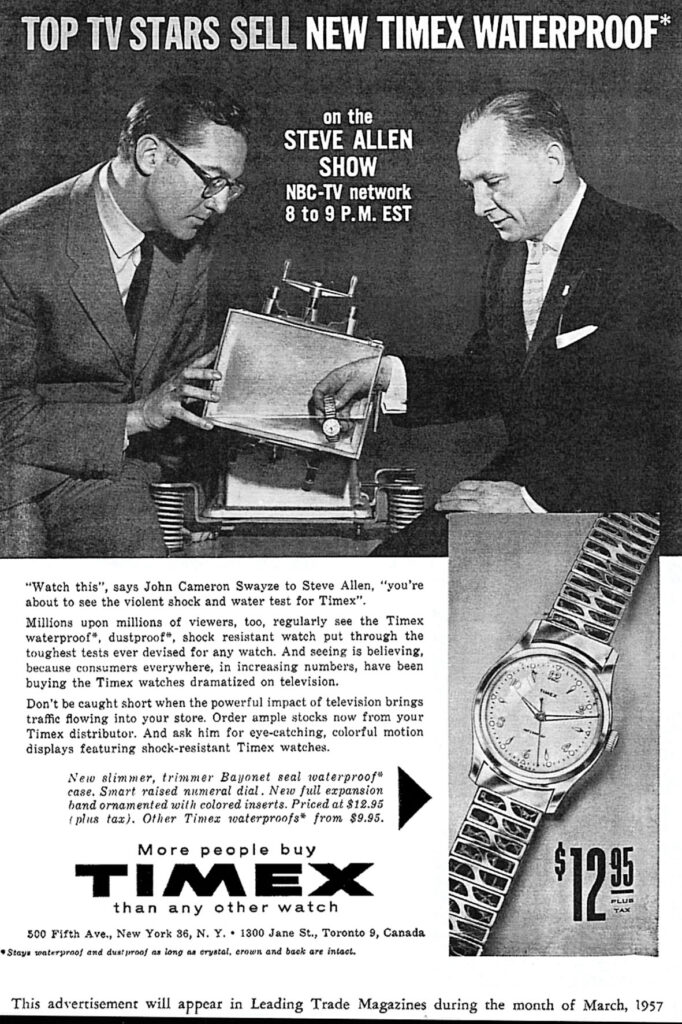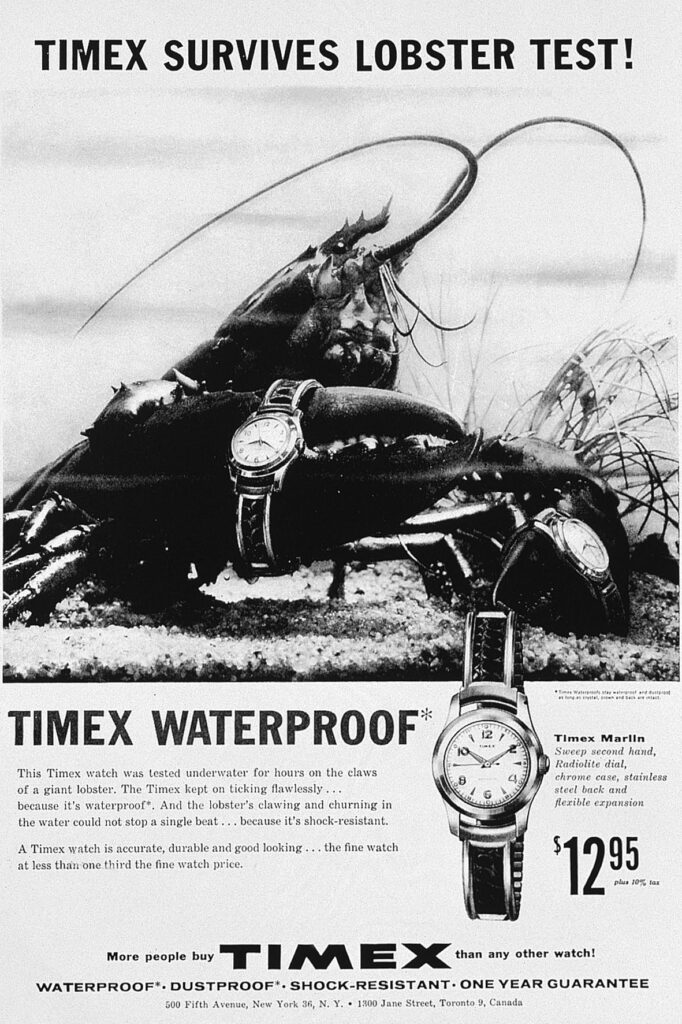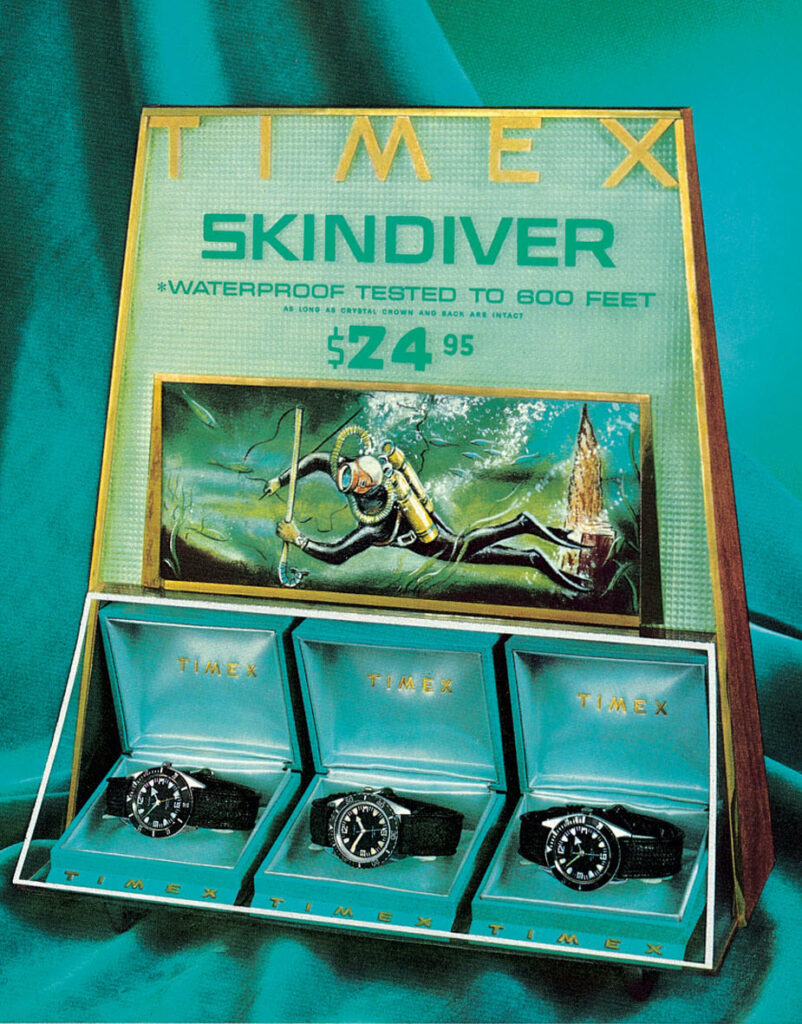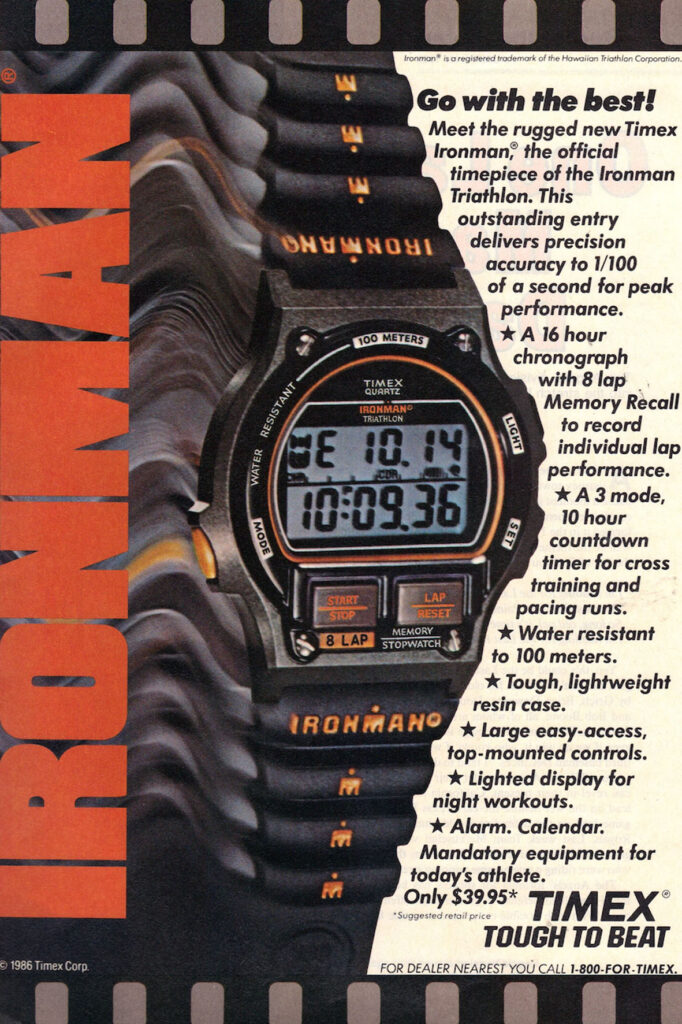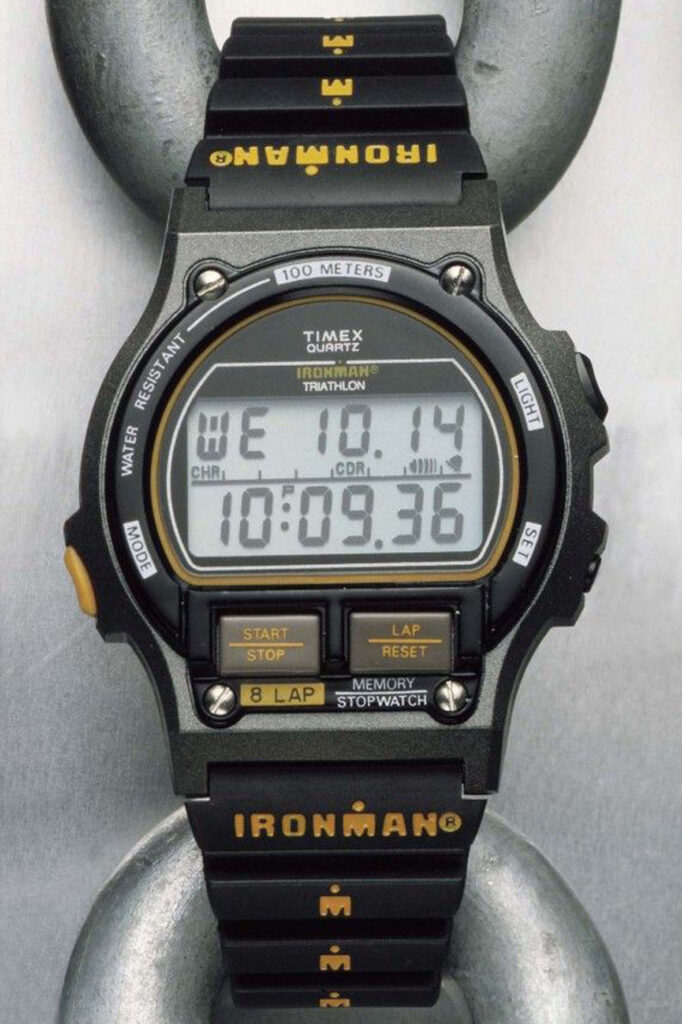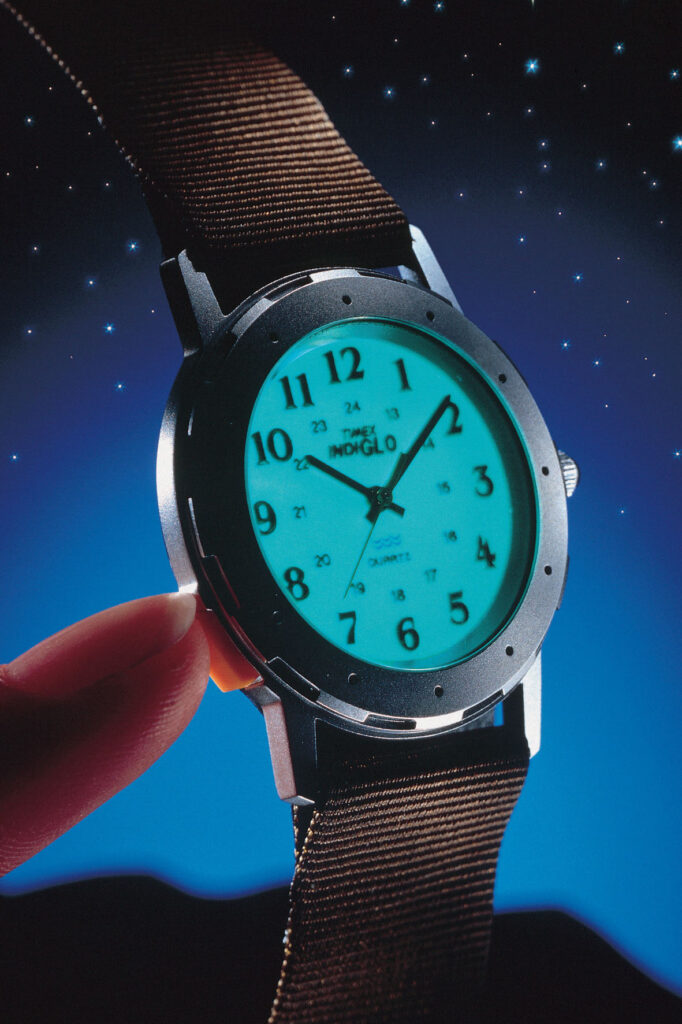Timex: When A Company Is Stronger Than History
24 October 2022Timex is arguably the most famous watch brand based in the United States. Its history is an example of American entrepreneurial tenacity whose roots can be traced back to the Waterbury Clock Company, founded by a Connecticut brass company, Benedict and Burnham, in 1854. Along with many other watch companies in the same area, it produced low-priced timepieces that could compete with the high-end European models of the time.
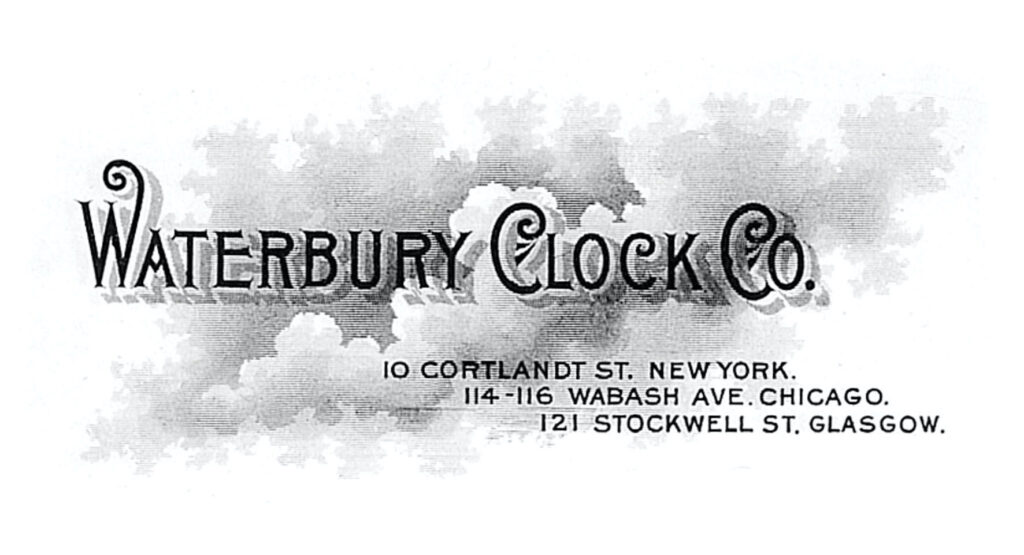
THE BEGINNINGS OF THE WATERBURY CLOCK COMPANY
A first breakthrough came thanks to the partnership with Ingersoll Watch Company, a team effort that began after Robert Ingersoll and his brother noticed the Waterbury Clock Company’s first major success, the pocket watch known as the Jumbo. The collaboration between the two brands reached its peak in 1896 with the release of the Ingersoll Yankee, an affordable pocket watch: it cost only one dollar. Sure, a dollar was valuable in those days, but Timex, under the name of Ingersoll, established itself as the very affordable option for people who needed a watch.
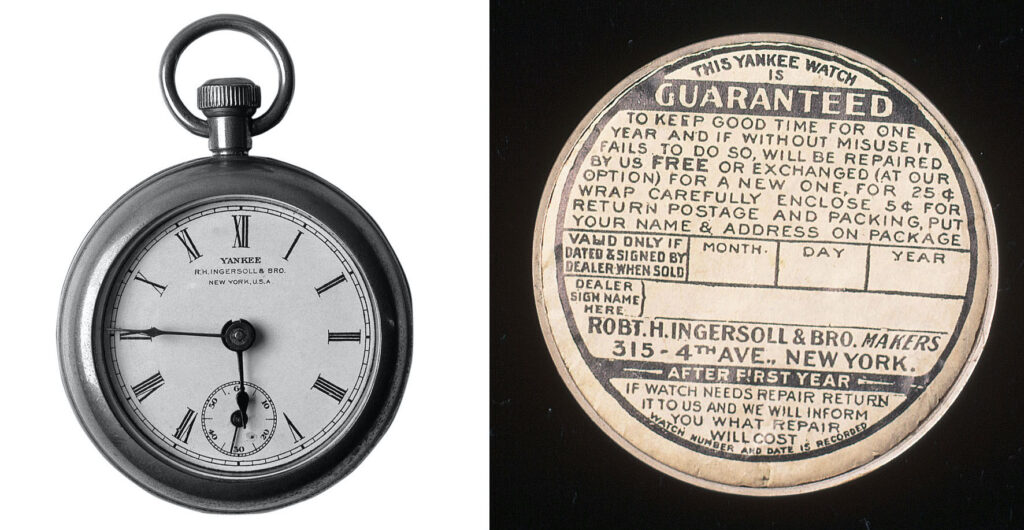
The teamwork between the Waterbury Clock Company and Ingersoll was a success, but their industrial dimension was outgrowing their capabilities. Back in Waterbury, Benedict and Burnham made a new prototype of a cheap watch with brass parts and soon sold a great many pieces, but not all was well. Poor distribution capacity and poor managerial management caused the company to go bankrupt.
THE COMPANY AND THE TWO WORLD WARS
If it weren’t for Ingersoll, a Waterbury client, the Timex story might well have ended here, but in 1914 World War I broke out and wristwatches suddenly appeared on the market. Until the early 1900s they were considered jewels, and thus absolutely not for men. But in war, men didn’t have time to take a pocket watch out of their coats when they needed it. The obvious choice was to put it on the wearer’s wrist, and Waterbury was one of the first companies to launch a wristwatch. They modified The Midget, one of the women’s watches made for Ingersoll, by moving the crown, and adding lugs and a durable strap.
The Great Depression of 1929 could have been disastrous for the brands that would later give birth to Timex, had it not been for a 1930 deal with a company called… Disney. It was first made public in 1933, at the Chicago World Fair, and Mickey’s table clocks and pocket watches became the company’s first successful collection.
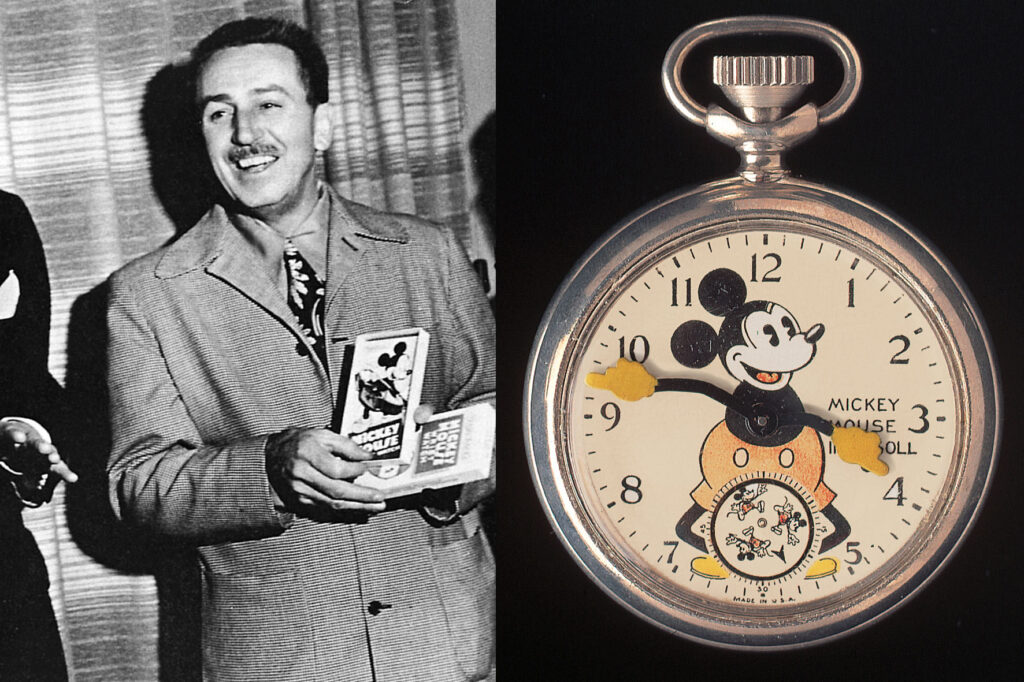
World War II was extremely profitable as well for the United States Time Corporation, as the brand was called in 1944. However, the company did not focus on watches, but on precision timers for bomb triggers. An activity that could only last until the end of the war: after WWII and the Korean War, the USTC returned to its original business model, the watches. The research on materials that the company carried out during the war also benefited watches, in particular the use of the so-called “armalloy”, a new resistant alloy used on missiles and later used to replace the expensive jewels traditionally used in watches.
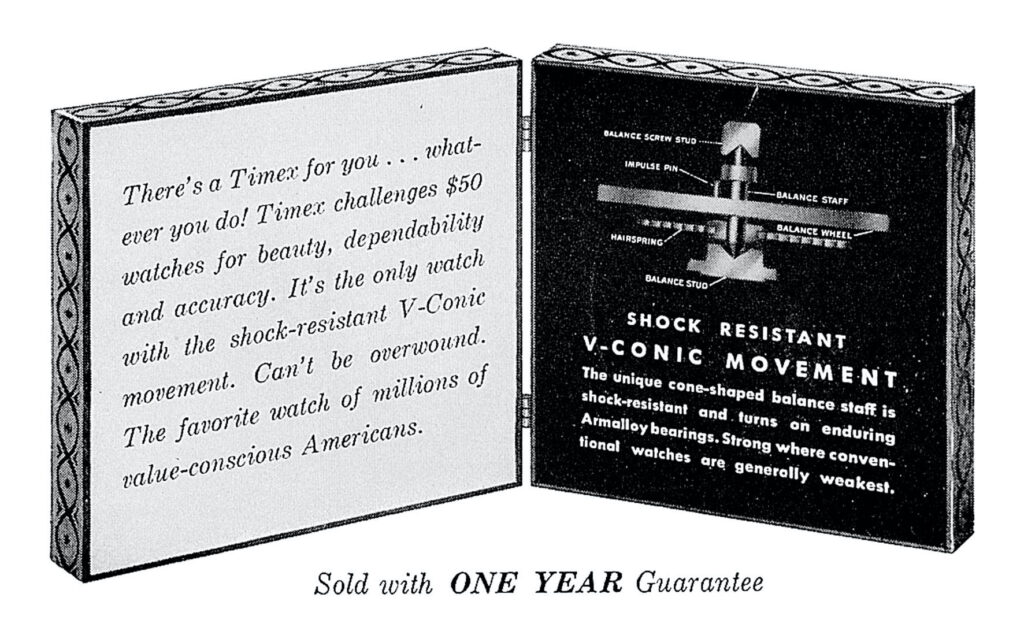
THE TIMEX BRAND IS BORN
Although the Timex brand was first used on a limited series of nurses’ watches during World War II, the first real Timex watch appeared in 1950. The management of the United States Time Corporation was devoted entirely to cost reduction: the Timex watch would be the most accessible watch on the market, thanks to rational manufacturing processes and wartime innovations we wrote about above.
Clever use of advertising also helped Timex establish itself. The TV commercials showed the watches undergoing particularly harsh tests to demonstrate that they could withstand any kind of stress and continue to work. In the early 1960s, one in three watches sold was a Timex. The unexpected success of this new watch led the company to change its name in 1969, and the Timex Corporation was born.
FROM THE QUARTZ CRISIS TO REBIRTH
But the company, like the rest of the watch industry, suffered the shock of the so-called “quartz crisis” of the early 1970s with the arrival first of the cheap mechanical watches of new Asian companies, then of that of digital quartz watches. Timex, which had built its reputation on affordability, was challenged by even cheaper watches and more reliable technologies.
Things began to improve when Timex once again focused on its roots, on what it really knew how to make: affordable watches. The Ironman Triathlon was the result of a collaboration between Timex and leading athletes, a super reliable and innovative sports watch that brought the company back under the spotlights.
It was around this same time, the mid-1980s, that Timex introduced Indiglo, a feature that backlit the watch dial for greater readability in difficult conditions. So much so that during the first attack on the World Trade Center in 1993, an employee used the Indiglo function of his watch to help his colleagues make their way through the smoke.
AFFORDABILITY, A CORE VALUE
Timex was gradually able to integrate the new technologies of the post-mechanical era into its watches in a very effective way. Although the brand worked hard to find its own identity after the quartz crisis, what has always been its greatest strength – accessible watches – saved the company from oblivion.
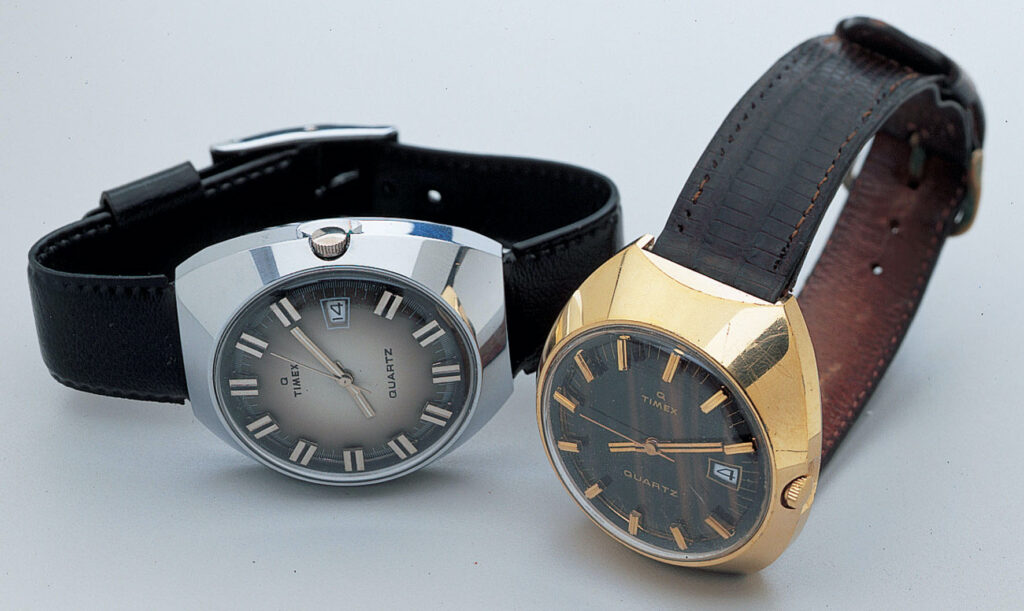
Timex ceased manufacturing its flagship watches in the United States in 2001, although some premium versions are still produced there. The company’s headquarters are now located in Middlebury, Connecticut, where they moved before breaking through on the wartime industrial scene in the 1940s. The brand has diversified into new fields, working on heart rate monitors and GPS devices, as well as managing a number of brands under the Timex Group.
Although it is no longer so blamelessly American, the only thing that was carried on over the various moments and rebrands of the company was the mission of providing simple and accessible watches to people. Although many people are attracted to luxury mechanical brands, all watch enthusiasts start with one brand. And often it’s Timex.
By Davide Passoni

